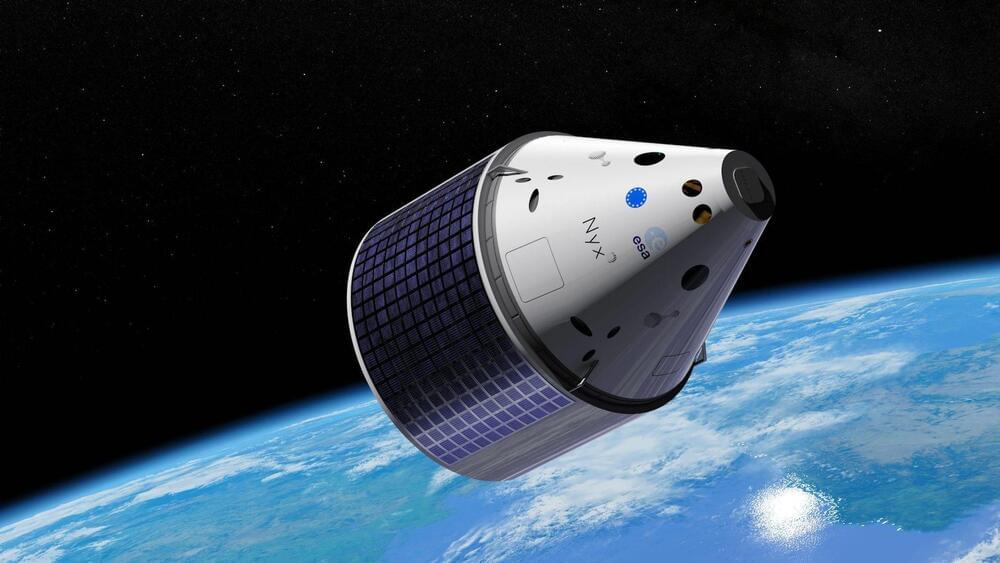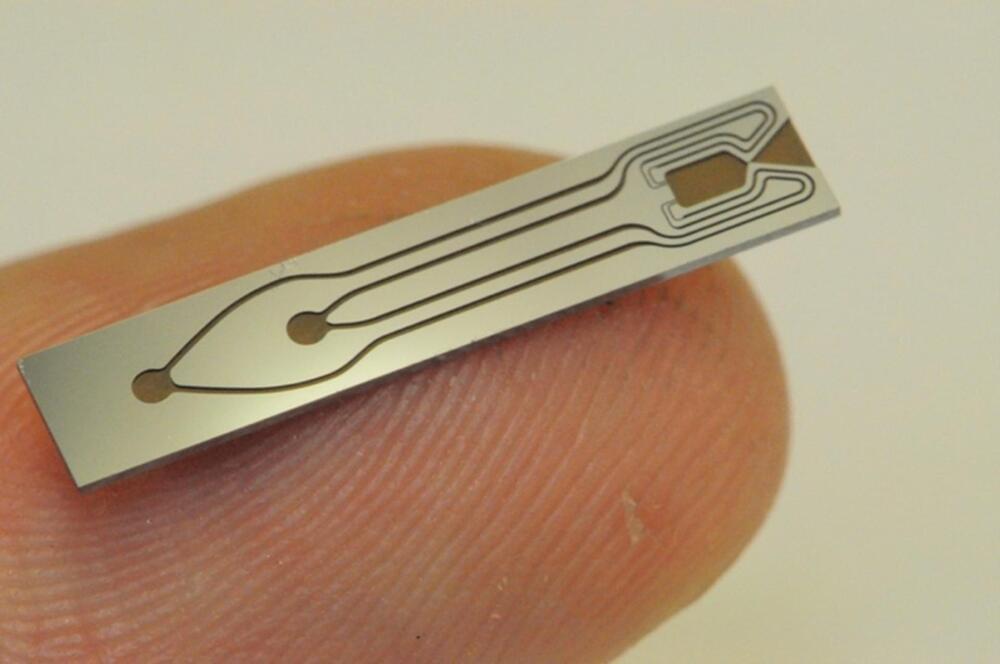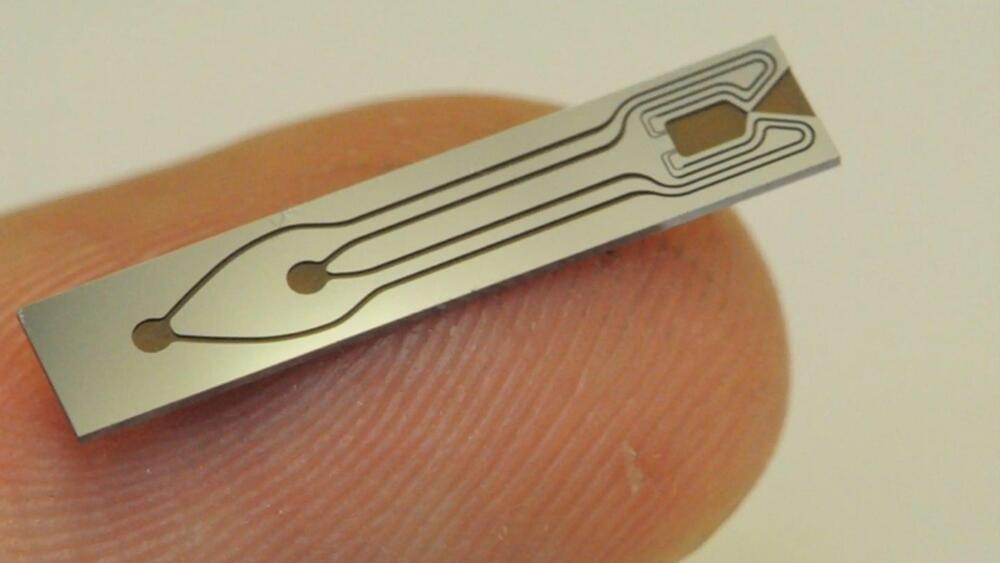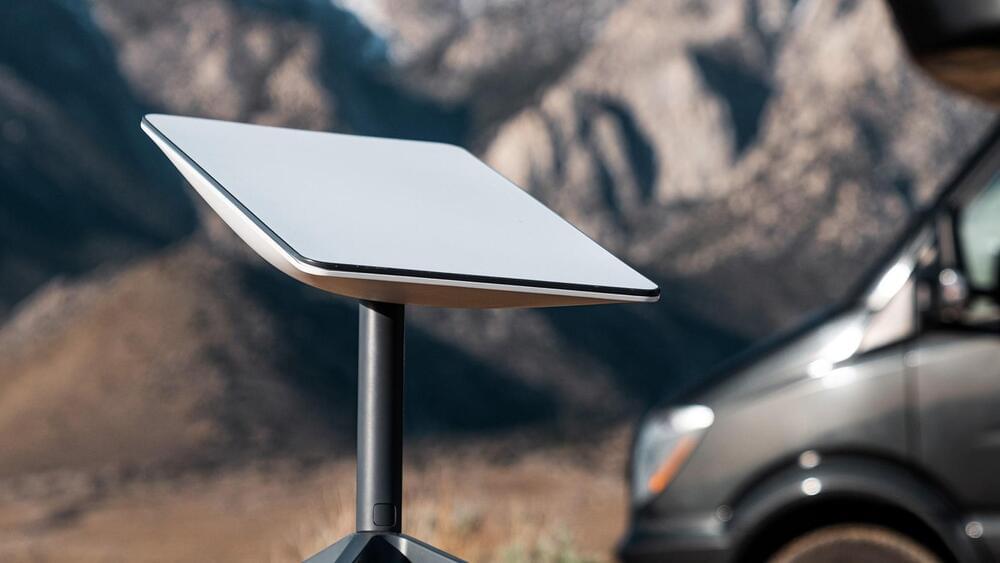Elon Musk’s SpaceX has received its first contract from the US Space Force to provide customized satellite communications for the military under the company’s new Starshield program, extending the provocative billionaire’s role as a defense contractor.
Space Exploration Technologies Corp. is competing with 15 companies, including Viasat Inc., for $900 million in work orders through 2028 under the Space Force’s new “Proliferated Low Earth Orbit” contracts program, which is tapping into communications services of satellites orbiting from 100 miles to 1,000 miles (160 kilometers to 1,600 kilometers) above Earth.
The Starshield service will be provided over SpaceX’s existing constellation of Starlink communications satellites.









